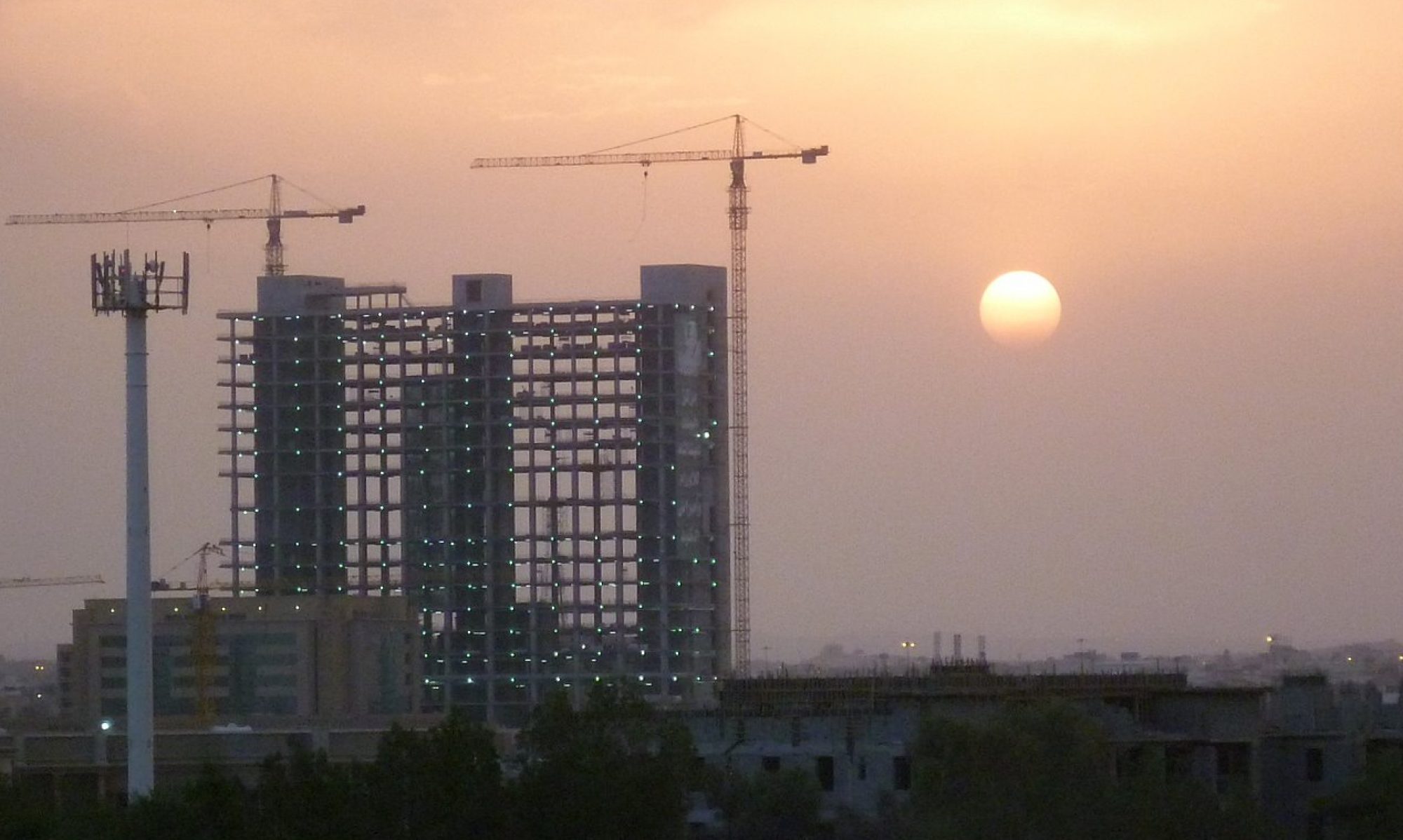Originally posted on 5Jul10 to IBM Developerworks (10,547 Views)
Since I last posted about New Zealand’s National Broadband project which seemed to me to be much more focused on the subscribers and the products they would have available to them (and the retailers that sold them) than the high speed backbone network. My impressions may have been tainted by the work I was doing with the Telecom New Zealand Undertaking In Progress (UIP) project that I was involved with – the rather public forced split of Telecom New Zealand’s Retail, Wholesale and Network departments to ensure equivalency of input for all retail and wholesale partners for (only) broadband services.

My understanding of the situation has developed somewhat since then and we can see that the situation in New Zealand Government also involves a similar structure to what is happening in Australia with the Communications Alliance and the NBN Company. In New Zealand, the companies are a little different. Certainly, we have the NZ Government Ministry of Economic Development (MED) as one participant, then we have Crown Fibre Holdings (not much of a web site there!) -set up by the Government to manage the process of selecting the companies to build the National Broadband Network and manage the government’s investment in the NBN. Together with the companies that are bidding for the deal Crown Fibre holdings will form Local Fibre Companies (LFC) which (combined) will match the government’s contribution to the NBN. That will mean the total project will cost NZ$3 Billion** with the LFCs kicking in NZ$1.5B and the NZ government contributing NZ$1.5B. I dont have the full schedule, but from a couple of sources, I have compiled an overview of the progress to date:
- 21 October 2009 – Communications and Information Technology Minister Steven Joyce announced the government’s process for selecting private sector co-investment partners.
- 13 November 2009 – Intention to respond due.
- 9 December 2009 – The Ministry and Crown Fibre Holdings release a clarifications and amendments
- 14 January 2009 – The Ministry and Crown Fibre Holdings released additional clarification and amendments with respect to the Invitation to Participate.
- 29 January 2010 – Proposals must be lodged
- 4 February 2010 – Crown Fibre Holdings notify respondents of handover of responsibility for the partner selection process
- August 2010 – Refined Proposals to be re-submitted to the government (See http://www.totaltele.com/view.aspx?C=0&ID=456818 )
- October 2010 – Successful respondents announced/notified.
What I find a bit interesting is that the government are only looking to cover 75% of the population by 2019. For a small country (compared to Australia at least), that seems to me to be a very low target to aim for. If we compare that with Australia’s NBN project, their target is 90% coverage at greater than 100Mbps and 10% greater than 12Mbps (that’s 100% coverage!) by 2017. Admittedly, the Australian project has about a year’s head start, but it’s also a MUCH bigger country with a population nearly five times larger. Lets have a quick look at the comparisons:
| Australia | New Zealand | Ratio (AU to NZ) | |
|---|---|---|---|
| Population | 22.4M | 4.3M | 5.2 |
| Area | 7,617,930 km2 | 268,021 km2 | 28.4 |
| Population Density | 2.833/km2 | 16.1/km2 | 0.17 |
| Planned NBN Completion year | 2018 | 2019 | – |
| NBN Coverage | 22.4M (100%*) | 3M (70%) | 7.5 |
| NBN Cost** | AU$40B = US$33B | NZ$3B = US$2 | 16.5 |
| NBN Cost per person (US$/person) | US$1473 | US$666 | 2.2 |
| NBN Cost per area (US$/km2) | US$4331 | US$7462 | 0.6 |
* 100% coverage is split between greater than 100Mbps (90%) and greater than 12Mbps (10%)
** One Billion is using the short scale definition = 109 = 1,000,000,000
What do I take from this quick comparison? Lets take a quick look at the numbers. Obviously, Australia is a much bigger country (28.4 times larger) and has a much larger population (5.2 time larger), so it is reasonable (in my opinion) that the cost per potential NBN customer should be higher for Australia (and it is at 2.2 times higher) but the thing that makes me ponder is the cost per square kilometre: New Zealand is nearly twice that of Australia. When the New Zealand target is only 70% of the population and thus enables them to avoid areas that are physically difficult to provide coverage to (I’m no NZ geologist, but I would imagine lots of the South Island’s most mountainous areas would pose significant problems for cablers) I find myself wondering why the NZ network is going to be so expensive. I guess it could be a matter of scale – but I thought the biggest cost was actually laying the cables rather than the back end systems which every broadband network will need (routers, switches, administration and management systems). Maybe I am missing something – does anyone have any ideas?
edit: I’ve just found this quote in Wikipedia which (I think) is truly revealing when you consider New Zealand’s 70% coverage target:
“New Zealand is a predominantly urban country, with 72% of the population living in 16 main urban areas and 53% living in the four largest cities of Auckland, Christchurch, Wellington, and Hamilton“
source: wikipedia.com
By only extending the NBN to those 16 main urban areas and nowhere else – they’ve achieved their target! You wouldn’t want to live in country New Zealand and be dependent on a fast network!
